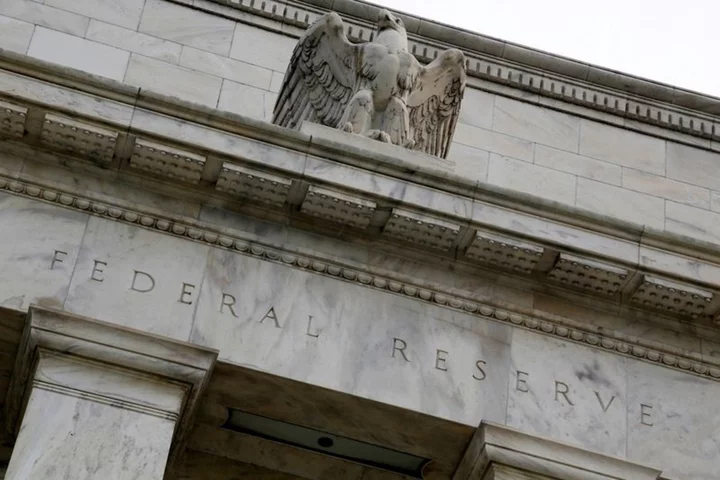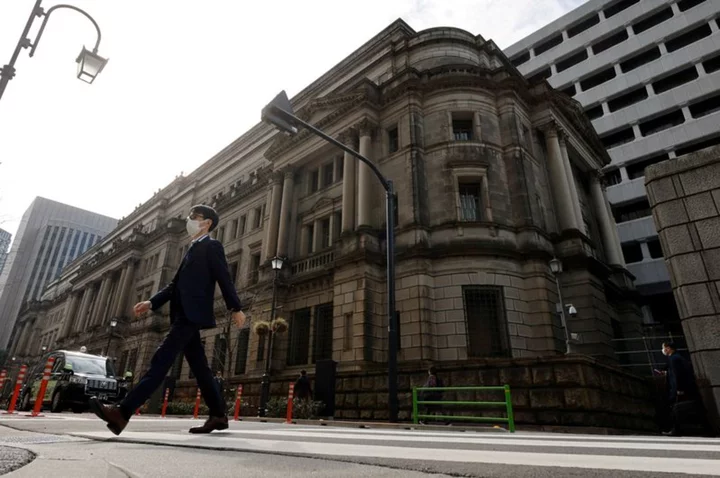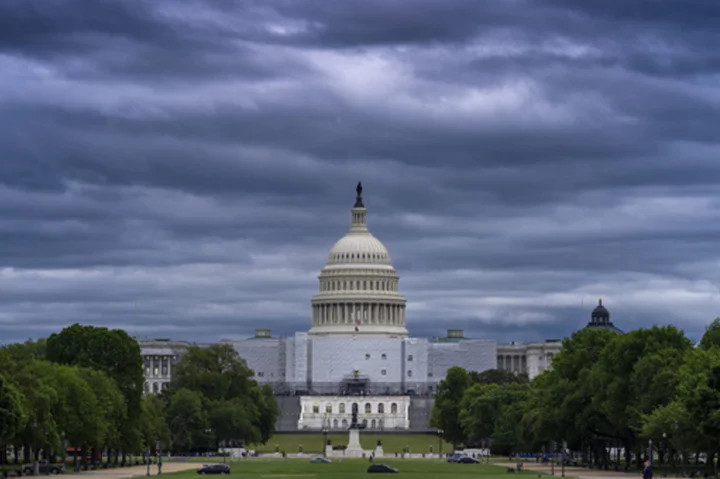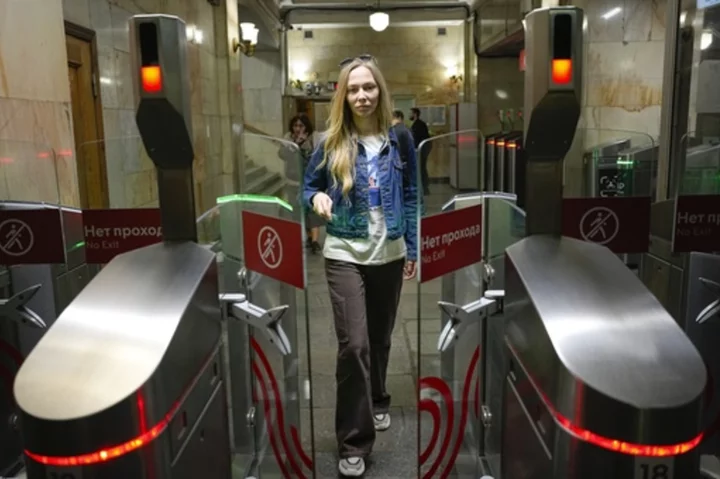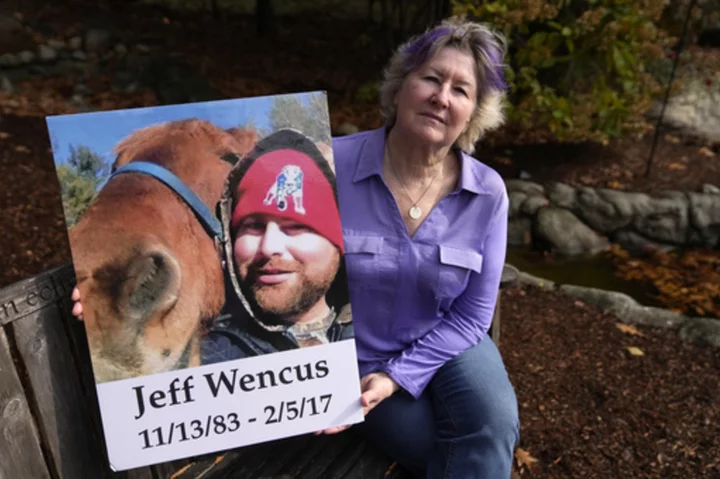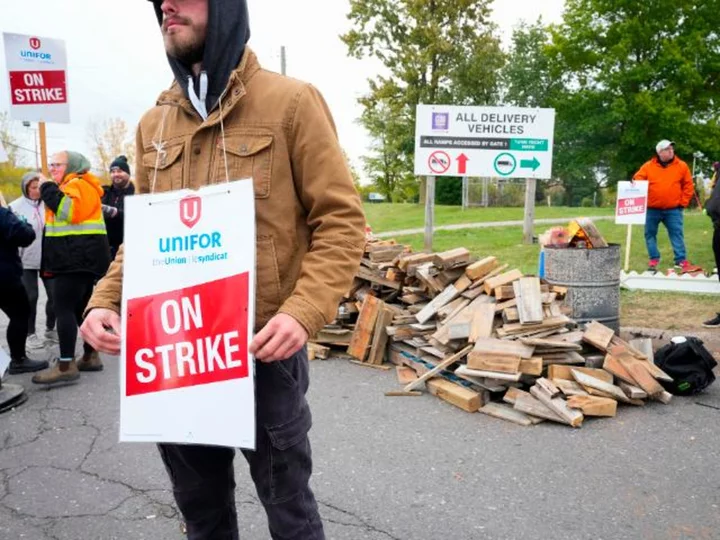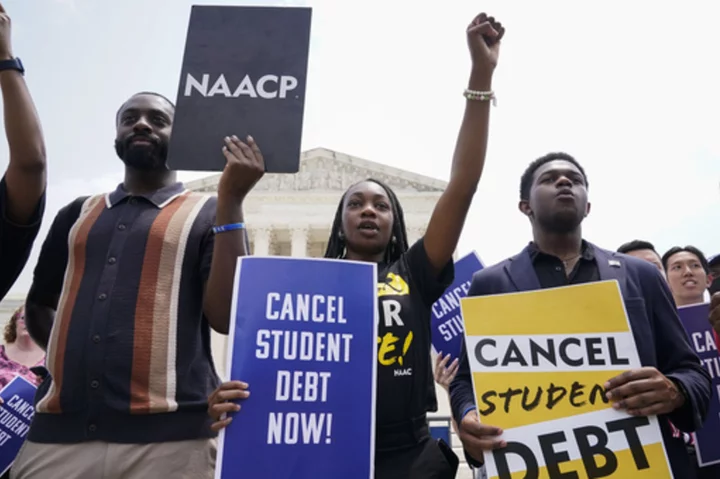By Ann Saphir
U.S. Federal Reserve officials will likely leave their policy rate on hold at next week's meeting thanks in large part to a new dynamic unfolding before them: Other forces are finally doing the work for them.
While the benchmark rate they set every six weeks or so has sat unchanged since July - a horizon that now looks to extend to December if not longer - rates on the open market that determine borrowing costs for businesses and consumers have kept climbing and now look poised to finally slow what has been a surprisingly strong economy.
Indeed fresh tidbits on the lending environment are likely to feature prominently in briefing materials ahead of the Federal Reserve's Oct 31-Nov. 1 rate-setting meeting.
The Fed's latest survey on banking conditions won't be published until the Monday after next week's meeting, but past practice suggests findings from its October Senior Loan Officer Opinion Survey, or SLOOS, are in policymakers' hands this week.
The Fed began its rate-hike campaign against high inflation in March of 2022, taking the policy rate from near zero then to 5.25%-5.50% as of July of this year.
Data published from Fed surveys currently in the public domain shows banks have already tightened standards for all kinds of business and consumer loans, demand for most types of loans has weakened, and growth for all stripes of loans has slowed.
Businesses have become particularly uninterested in borrowing, banks reported in the Fed's July senior loan officers opinion survey.
Those trends have so far done little to weigh down strong GDP growth and consumer spending that along with large job gains seem to suggest ongoing upward pressure on prices.
"We don't have a lot of data to really hang our hat on at this point," said BMO's Scott Anderson. But the impact of tighter credit is coming, he said, and "we're pretty confident we'll see a slowdown."
Fed policymakers seem to be largely on that same page, with several noting the rise in the yield on the benchmark 10-year Treasury note - up about a full percentage point since the Fed's last rate hike, to 4.89% - will also cool the economy.
GREATER PESSIMISM
Overall U.S. commercial bank credit shrank during the third quarter, the first year-over-year decline in more than a decade, weekly Fed data show.
The decline was largely driven by a drop in the value of Treasury bonds as yields soared. Mortgage-backed securities held broadly by banks also fell in value, as mortgage rates have risen, most recently to a 23-year high of 7.9%.
And a yearlong decline in loan demand accelerated in the second half of September, according to a twice-quarterly Dallas Fed survey of Texas banking conditions that closely tracks the Fed's national survey.
Banks have become more pessimistic about future business activity, that survey showed, leading them to forecast even weaker loan demand ahead.
Banks responding to the Dallas Fed survey reported increased delinquency for all kinds of borrowers, but particularly for consumer loans. That could be a particularly telling turn of events, because other Fed data shows that even as U.S. banks have tightened credit card standards, credit card borrowing did not slow in the second quarter.
Households have spent down much of the savings they built up during the pandemic, and employment gains don't look sustainable, said Nationwide's Kathy Bostjancic.
All that may add to a picture that sets the stage for a weaker fourth quarter, and further slowing next year, more reason for the Fed to keep rates where they are and let tighter credit and financial conditions do their work.
"The key question is the degree growth cools in the coming quarters to further relieve inflation pressures in the services sector," Bostjancic said.
(Reporting by Ann Saphir; Editing by Dan Burns and Chizu Nomiyama)

